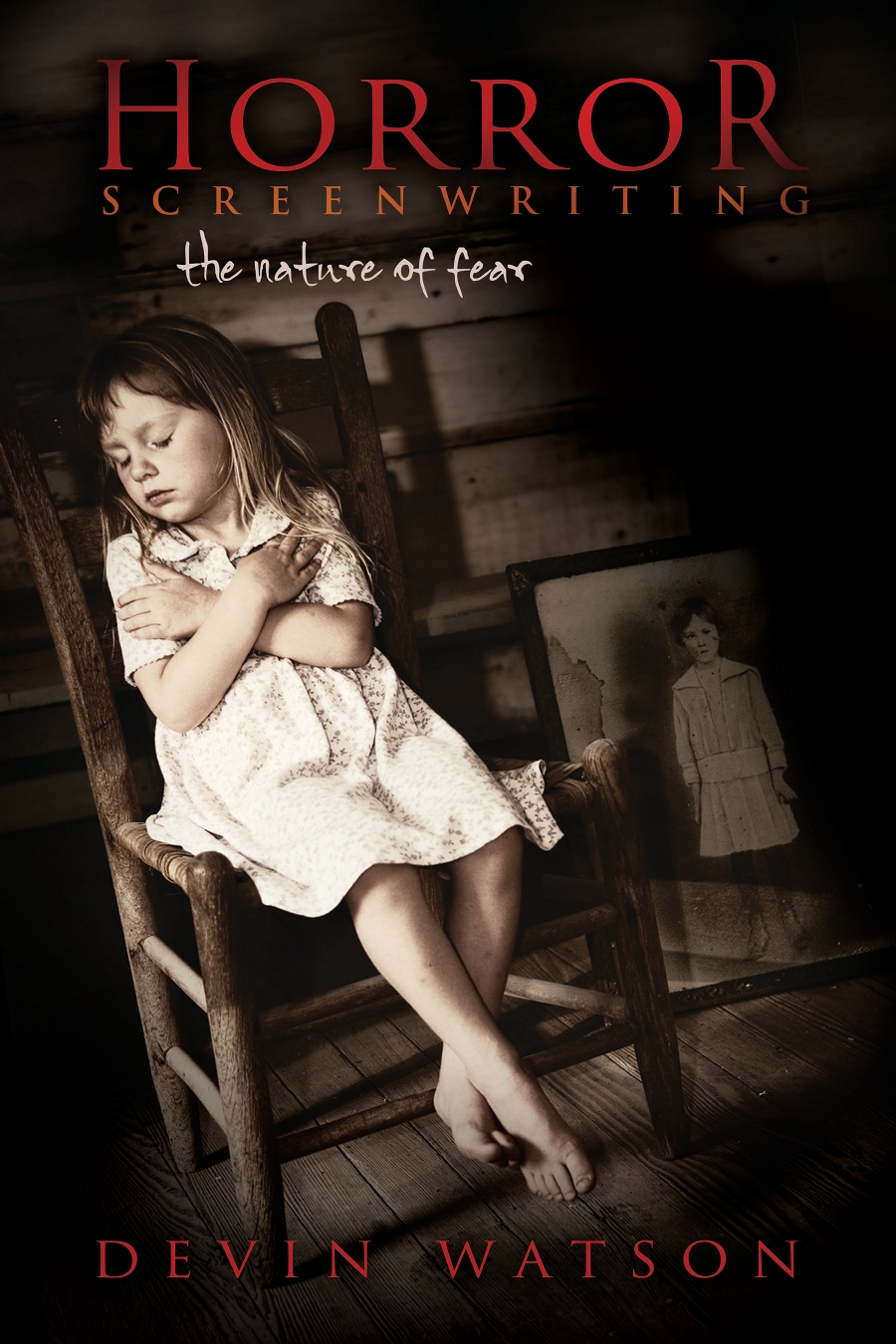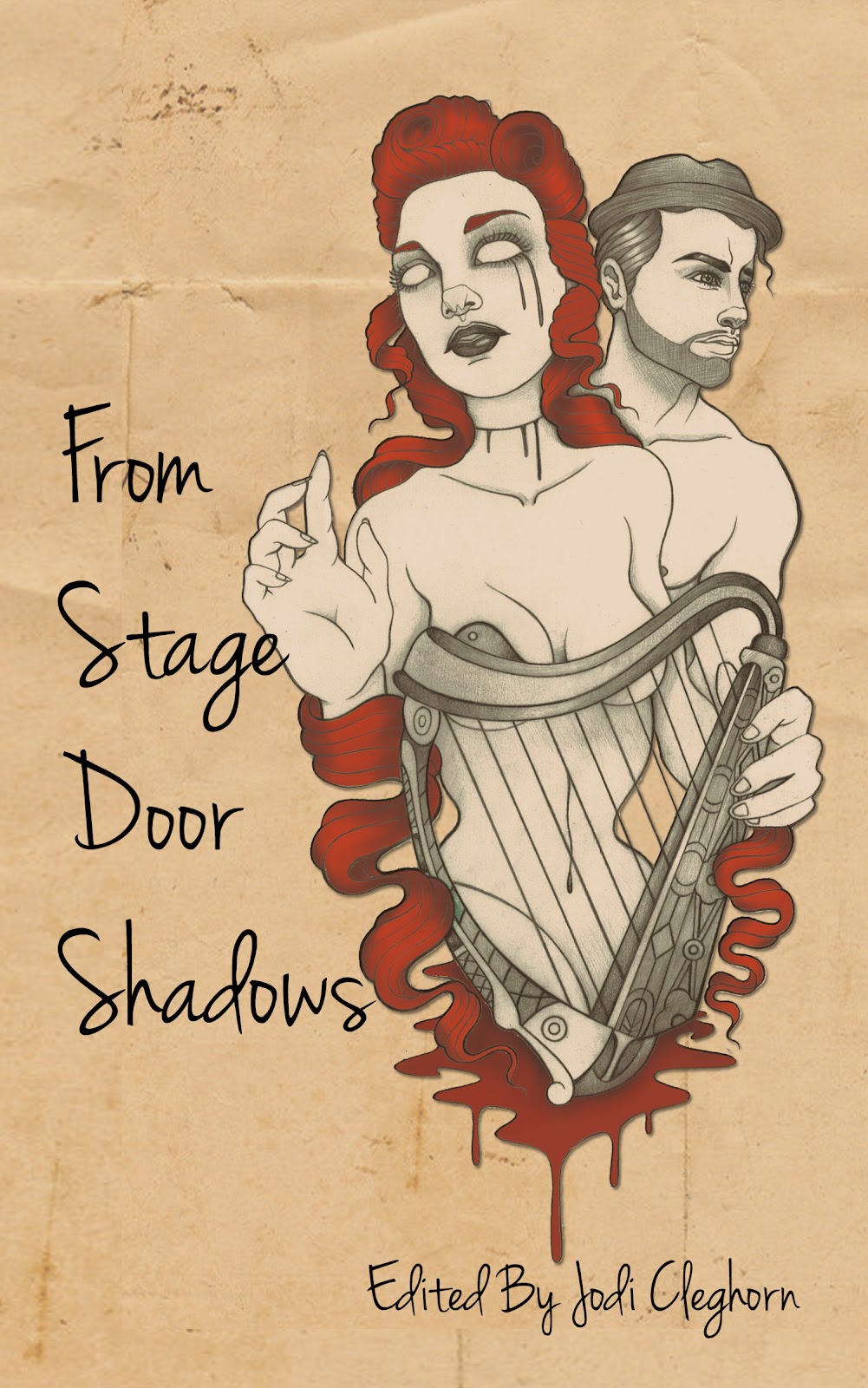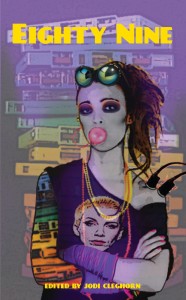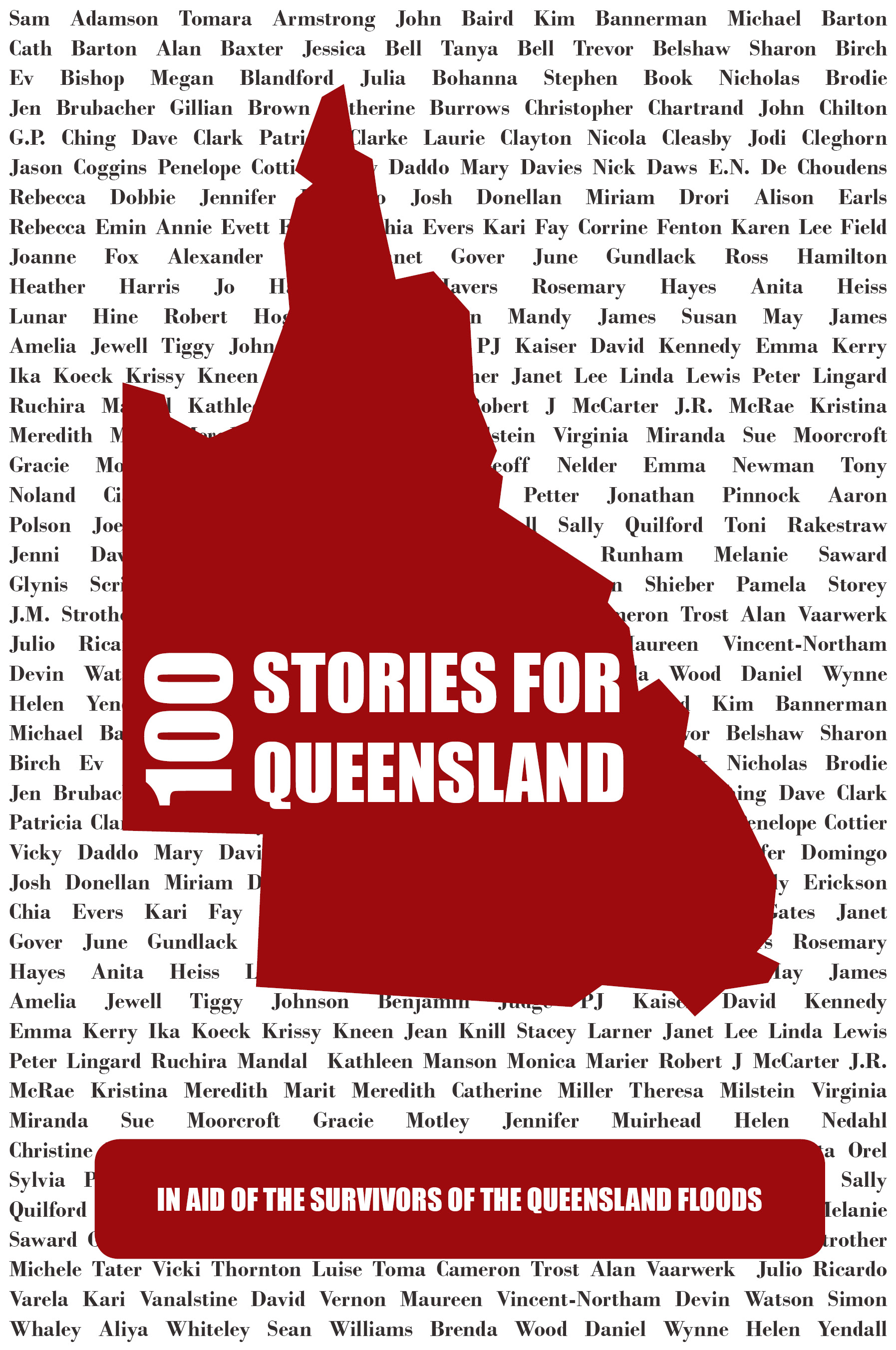As I had stated previously, I’m no Van Gogh. Doing space scenes, though, is a lot of fun. Especially when you’re working on the concept art for some of the displays in a game. Since I don’t have a massive whiteboard to draw out some of my own rough sketches, I turn to the GIMP to get it done.
It’s always a good idea to make sure your entire development toolchain works right from beginning to end. This includes the package builder and installer. Even though I’m still a little while out from releasing Star Merchant 2, I spent the better part of the day Wednesday digging into py2exe to make sure it would, in fact, produce a good Windows distribution for the game. And then I found out how it didn’t like to play so nice with pygame.
Don’t have the dough to put down for a shiny new PS3 or Wii, plus Rock Band and a controller? Don’t fret, these guys have you covered.
A picture’s worth a thousand words. With a little diligent hacking away in Python, the main menu and branching within Star Merchant 2 is finished, according to the design document. Take a look for yourself.
Beginning to integrate some of the graphics with the code now for SM2. Here’s a screenshot of the Starport Interface in action right now.
Just finished laying out the Starport interface. I think it looks good for an amateur, after about 20 failures in a row trying to get it to look right. Take a look and see for yourself.
There seems to be an oft-overlooked design element in games that are made by the beginner, even by some of the bigger studios in game design: typeface. Many times we take the humble word in a game for granted.
I figured this blog would also serve as an excellent journal during the development of Star Merchant 2. So here are some early screenshots.
The new Star Merchant game is really starting to shape up, thanks in no small part to Python and pygame.
Tron was a keystone movie in my life as a kid. Now it’s 27 years later. So what does a Tron geek do to get their fix? They play Armagetron Advanced.





